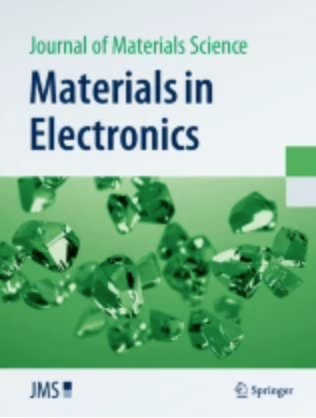Crystal growth, thermal and third-order NLO property of a novel 4-aminopyridine cuminaldehyde organic single crystal for photonics and optoelectronic devices
Abstract
An innovative method for growing single crystals of 4-aminopyridine cuminaldehyde (4-AC) has been developed: the slow evaporation solution approach. Several characterizations, including a single crystal X-ray diffraction study, confirmed that the generated crystal had a monoclinic structure and belonged to the centrosymmetric space group P21/c. The generated crystal structure is verified using the powder X-ray diffraction method. The several functional groups in 4-AC crystal were identified using FTIR spectra. The band gap energy values were determined using the Tauc plot and the transmittance was identified using the UV–Vis–NIR optical transmittance analysis. Fluorescence (FL) utilized to identify wavelength of the crystal emissions. To measure the sample's mechanical strength and stability, the Vickers microhardness tester was used. Through TG-DTG experiments, the formed crystal's thermal stability (melting point) has been studied. The structure and chemical characteristics of the produced 4-AC single crystal were determined by a spectroscopic research using 1H NMR and 13C NMR. The crystal's particle size was determined by a dynamic light scattering (DLS) experiment. To study the third-order NLO response in a 4-AC organic NLO single crystal, the Z-scan measuring method was used. For use in optoelectronic devices and photonic applications, a newly grown single crystal produced using 4-aminopyridine cuminaldehyde is suggested.

 求助内容:
求助内容: 应助结果提醒方式:
应助结果提醒方式:


